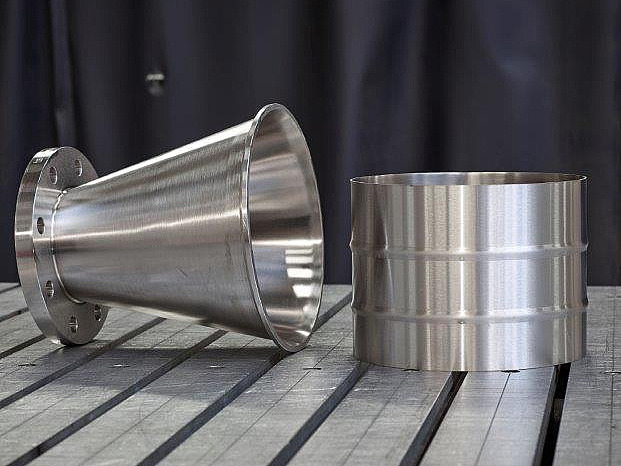History of Inox (Stainless Steel)
Inox, or stainless steel, is a relatively modern invention with a history that dates back to the early 20th century. Here is a brief overview of the development and history of inox.

Discovery and Development
- 1904-1911: The first significant steps in the development of stainless steel were taken by various scientists and engineers in different countries.
- 1912: Harry Brearley, an English metallurgist, is often credited with the discovery of stainless steel. In 1912, Brearley discovered that steel with a high chromium content was highly resistant to corrosion. He called this new material "stainless steel."
- 1913: The first commercial stainless steel was produced. Brearley found that adding at least 10.5% chromium to steel caused the formation of an invisible layer of chromium oxide on the surface, which prevented further corrosion.
Commercialization and Use
- 1920s: Stainless steel began to make its way into various industries, including the chemical and food industries, due to its excellent corrosion resistance and hygienic properties.
- 1930s: The production and use of stainless steel rapidly expanded, with applications in cookware, medical instruments, and the construction sector.
- 1950s: The development of different types of stainless steel, such as austenitic, ferritic, and martensitic stainless steel, increased the material’s versatility.
- 1960s and Beyond: Stainless steel was further refined and adapted for specific applications, including superalloys for aerospace and advanced medical equipment.
Modern Applications
Today, stainless steel is used in a wide range of industries, including:
- Food Industry: Equipment, storage tanks, countertops, and kitchenware.
- Medical Sector: Surgical instruments, implants, and medical devices.
- Construction: Buildings, bridges, and architectural elements.
- Automotive: Exhaust pipes, decorative elements, and engine components.
- Consumer Products: Household appliances, jewelry, and furniture.
Conclusion
Stainless steel has been around for more than a century and has evolved into an essential material in many industries due to its unique combination of strength, corrosion resistance, and aesthetic qualities. At Alinco, we harness these properties to deliver high-quality products that are durable and reliable.